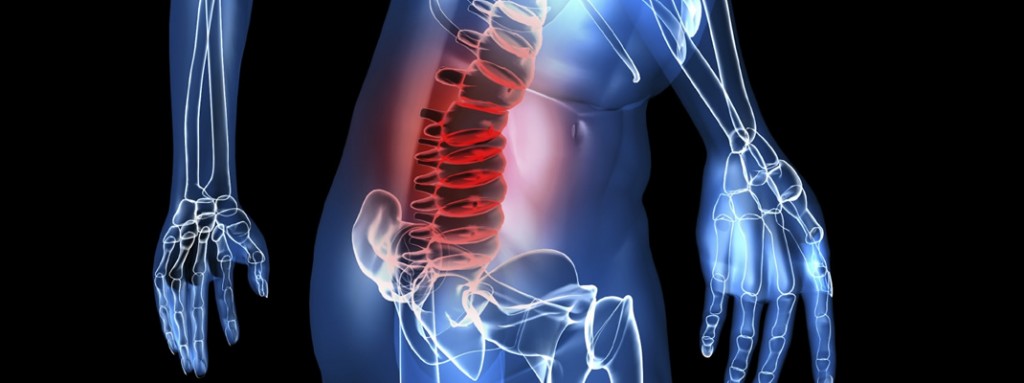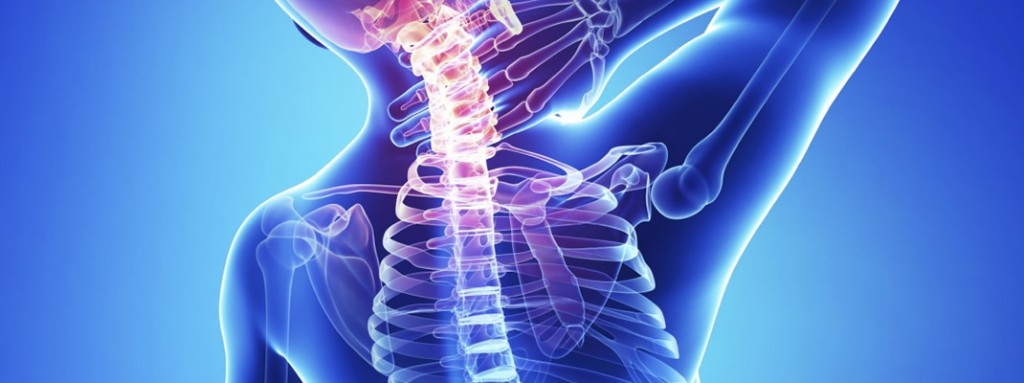
Parkinson’s Disease
Parkinson’s disease is the second most common neurodegenerative disorder after Alzheimer’s disease and affects approximately seven million people globally and more than one million people in Europe[1].
The mean age of onset is around 60 years, although 5–10% of cases, classified as young onset, begin between the ages of 20 and 50. Early in the course of the disease, the most obvious symptoms are movement-related; these include tremor, rigidity, bradykinesia and postural instability. Later, cognitive and behavioral problems may arise, with dementia commonly occurring in the advanced stages of the disease, whereas depression is the most common psychiatric symptom. Other symptoms include sensory symptoms, sleep disorders and autonomic symptoms. From these symptoms, tremor, bradykinesia and rigidity are of interest in MAMEM, whereas the existence of cognitive and behavioral disorders is a reason for the potential user to be excluded from our pilot trials.
Tremor is the most apparent and well-known symptom. It is also the most common; although around 30% of individuals with PD do not have tremor at disease onset, it appears as the disease progresses.
Bradykinesia is commonly a disabling symptom in the early stages of the disease. Initial manifestations of this symptom are problems when performing daily tasks which require fine motor control such as writing, sewing or getting dressed.
In early stages of Parkinson’s disease, rigidity is often asymmetrical and it tends to affect the neck and shoulder muscles prior to the muscles of the face and extremities. With the progression of the disease, rigidity typically affects the whole body and reduces the ability to move. Since PD appears most commonly in elderly population, it is anticipated that the people participating in the pilot trials of MAMEM will be in the mean age of 55 years old.

Neuromuscular Disease
The neuromuscular disease group, refers to a variety of disorders[1], e.g., Duchenne’s MD (DMD), Becker’s MD (BMD), Emery-Dreifuss MD, Limb-Girdle MD, Facioscapulohumeral MD, Steinert disease, Amyotrophic Lateral Sclerosis, etc.
All these mostly genetic diseases affect the skeletal muscles and often also the heart muscle. The symptoms include muscle weakness and progressive muscle wasting and onset varies from less than 4 years of age (in the DMD) to between 20 to 70 years of age (in the BMD). Each of these diseases has an incidence rate that varies from 1 to 30 in 100,000, and some of these affect primarily males (i.e., about 1 in every 3,000 boys worldwide are born with the most common form of the disease). Given these facts, the participants are expected to be primarily male (particularly in the DMD group) and the mean age of the population in the pilot trials to be a few decades younger than the PD group.

High Tetraplegia
Every year, 1 in 60,000[1] people are injured in the cervical spinal cord, with most common causes being the traffic accidents, falls and sports. In the UK every year, there are around 1,200 people with spinal cord injury, half of them with tetraplegia[2].
Since, the tetraplegia case in MAMEM refers to injuries; it is evident that the age could vary a lot within the selected population. To obtain statistical power, approximately 15 subjects per group will be recruited, while an additional group of people, diagnosed as healthy will participate in the pilot trials for evaluation purposes. The group of healthy people will match the characteristics of the three target groups, matching age and gender.